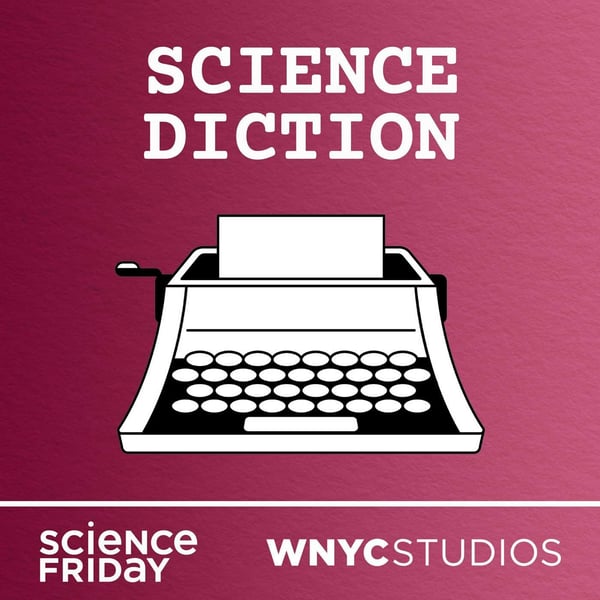Mercury: How It Made Cats Dance
Science Diction
Science Friday and WNYC Studios
4.8 • 610 Ratings
🗓️ 9 March 2021
⏱️ 16 minutes
🧾️ Download transcript
Summary
Transcript
Click on a timestamp to play from that location
| 0:00.0 | After the Second World War, Japan was in a bad state. The people were demoralized, American troops had occupied the country, and the economy was just devastated. Entire cities were leveled to the ground. But amidst the devastation emerged a little beacon of hope. |
| 0:26.3 | A coastal city called Minamada, just a day's drive from where the atomic bombs dropped. |
| 0:34.0 | Minamata had grown into an industrial powerhouse, churning out chemicals used to make everything from plastics to perfume. |
| 0:39.5 | Employment was up. Smokestacks chugged away. The place was thriving. |
| 0:51.3 | Until one day in 1953, an unusual affliction took hold. This affliction would be Minamatta's canary in the coal mine. But instead of canaries, the victims were cats. |
| 0:58.3 | The cats had begun to dance, or that's the best way people could describe it. |
| 1:02.8 | Meet writer and filmmaker Caitlin Swaljay. |
| 1:05.5 | The reality was much more sinister than it sounds. |
| 1:08.7 | What looked like cats dancing was really convulsions, uncontrollable and uncoordinated |
| 1:13.8 | body twitches and spasms. |
| 1:16.2 | They drooled, spun in circles, and flung themselves into the sea, in what the residents |
| 1:20.6 | of Minamana described as cat suicide. |
| 1:23.7 | The cause of this dancing cat fever wasn't demonic possession or a sudden love for dancing. |
| 1:29.3 | It was a case of environmental poisoning. |
| 1:31.8 | And the poison was Mercury. |
| 1:35.1 | From Science Friday, this is science diction. |
| 1:37.7 | I'm Johanna Mayer. |
| 1:38.8 | And I'm Caitlin Swalj. |
| 1:40.3 | Today, we're talking about the word mercury. |
| 1:55.6 | Thank you. Today, we're talking about the word mercury. The once town, now city, of Minamata, had a serious problem on its hands. This mysterious illness was |
| 2:03.3 | slithering its way in, first affecting cats and then every living creature in the city. |
| 2:09.3 | Pigs got sick. Birds fell dead out of the sky. And over a few years, the symptoms took a turn |
... |
Please login to see the full transcript.
Disclaimer: The podcast and artwork embedded on this page are from Science Friday and WNYC Studios, and are the property of its owner and not affiliated with or endorsed by Tapesearch.
Generated transcripts are the property of Science Friday and WNYC Studios and are distributed freely under the Fair Use doctrine. Transcripts generated by Tapesearch are not guaranteed to be accurate.
Copyright © Tapesearch 2025.

